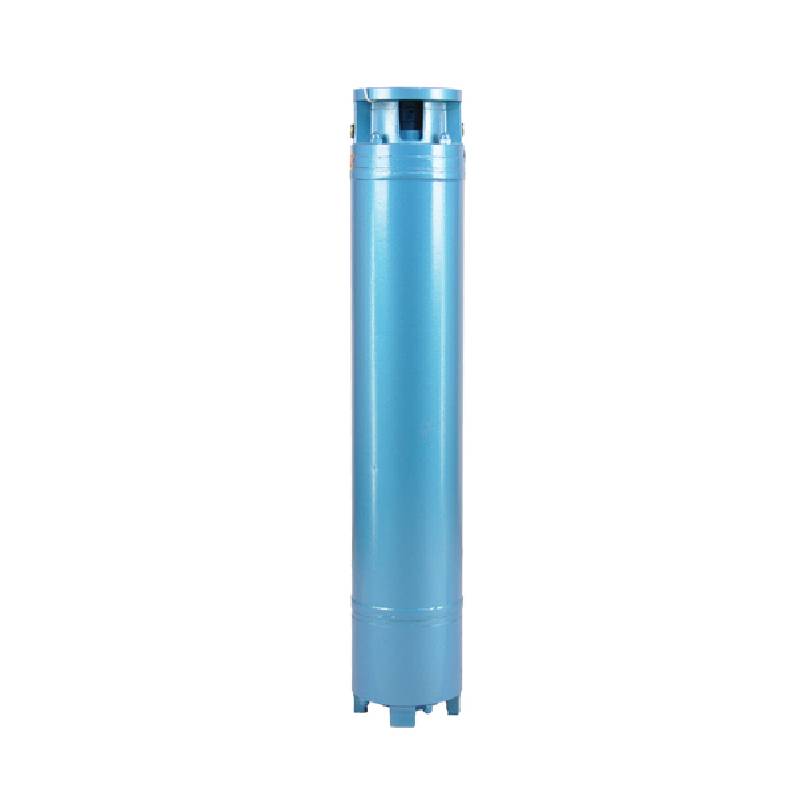Aug . 21, 2024 03:33 Back to list
Comparing Deep Well Pumps and Submersible Pumps for Optimal Water Extraction
Deep Well Pump vs. Submersible Pump A Comparative Overview
When it comes to extracting water from deep underground, two popular types of pumps come into play deep well pumps and submersible pumps. Both have their specific applications, advantages, and disadvantages. Understanding these can help users make informed decisions based on their needs.
Deep Well Pumps
Deep well pumps are typically installed above the water source and use a long vertical shaft to draw water from deep underground. These pumps work on the principle of suction, where atmospheric pressure pushes water up through the pump and into a delivery pipe. They are primarily used in applications where the water table is significantly deep, often at depths exceeding 25 feet.
One of the most significant advantages of deep well pumps is their ability to handle large volumes of water efficiently. They are also more accessible for maintenance because the mechanical parts are above ground, making it easier to perform repairs or replace parts. Additionally, they are versatile and can be adapted to a range of well depths and diameter sizes.
However, deep well pumps do have some drawbacks. Since they rely on suction to lift water, if the well depth exceeds certain limits, the pump's efficiency may diminish significantly. Moreover, they may not be as energy-efficient as other options, such as submersible pumps when drawing water from great depths.
deep well pump vs submersible

Submersible Pumps
In contrast, submersible pumps are designed to operate underwater. These pumps consist of a hermetically sealed motor that is submerged in water, and they push water to the surface through a discharge head. They are commonly used in deeper wells, typically over 25 feet and can go as deep as several hundred feet or more, depending on the specific design and application.
One of the most significant advantages of submersible pumps is their efficiency, especially in deeper wells. As they push water to the surface rather than pull it, they can perform better at greater depths compared to deep well pumps. Additionally, the submerged design helps in cooling the motor, often leading to a longer lifespan and less maintenance.
However, the installation and maintenance of submersible pumps can be more complicated. Since they are located underwater, accessing them for repairs or replacement often requires significant effort, such as pulling the entire unit out of the well. This aspect can make submersible pumps less appealing for situations where frequent maintenance is expected.
Conclusion
In summary, both deep well pumps and submersible pumps have their unique strengths and weaknesses, making them suitable for different kinds of applications. When choosing between the two, consider factors such as the depth of the well, the volume of water required, energy efficiency, and maintenance accessibility. For shallow applications with less than 25 feet of depth, a deep well pump may suffice. In contrast, for deeper scenarios where efficiency is crucial, submersible pumps emerge as the better option. Ultimately, the decision will depend on specific needs and circumstances, underscoring the importance of evaluating each pump's capabilities before making a choice.
-
Submersible Water Pump: The Efficient 'Power Pioneer' of the Underwater World
NewsJul.01,2025
-
Submersible Pond Pump: The Hidden Guardian of Water Landscape Ecology
NewsJul.01,2025
-
Stainless Well Pump: A Reliable and Durable Pumping Main Force
NewsJul.01,2025
-
Stainless Steel Submersible Pump: An Efficient and Versatile Tool for Underwater Operations
NewsJul.01,2025
-
Deep Well Submersible Pump: An Efficient 'Sucker' of Groundwater Sources
NewsJul.01,2025
-
Deep Water Well Pump: An Efficient 'Sucker' of Groundwater Sources
NewsJul.01,2025
-
 Submersible Water Pump: The Efficient 'Power Pioneer' of the Underwater WorldIn the field of hydraulic equipment, the Submersible Water Pump has become the core equipment for underwater operations and water resource transportation due to its unique design and excellent performance.Detail
Submersible Water Pump: The Efficient 'Power Pioneer' of the Underwater WorldIn the field of hydraulic equipment, the Submersible Water Pump has become the core equipment for underwater operations and water resource transportation due to its unique design and excellent performance.Detail -
 Submersible Pond Pump: The Hidden Guardian of Water Landscape EcologyIn courtyard landscapes, ecological ponds, and even small-scale water conservancy projects, there is a silent yet indispensable equipment - the Submersible Pond Pump.Detail
Submersible Pond Pump: The Hidden Guardian of Water Landscape EcologyIn courtyard landscapes, ecological ponds, and even small-scale water conservancy projects, there is a silent yet indispensable equipment - the Submersible Pond Pump.Detail -
 Stainless Well Pump: A Reliable and Durable Pumping Main ForceIn the field of water resource transportation, Stainless Well Pump has become the core equipment for various pumping scenarios with its excellent performance and reliable quality.Detail
Stainless Well Pump: A Reliable and Durable Pumping Main ForceIn the field of water resource transportation, Stainless Well Pump has become the core equipment for various pumping scenarios with its excellent performance and reliable quality.Detail
